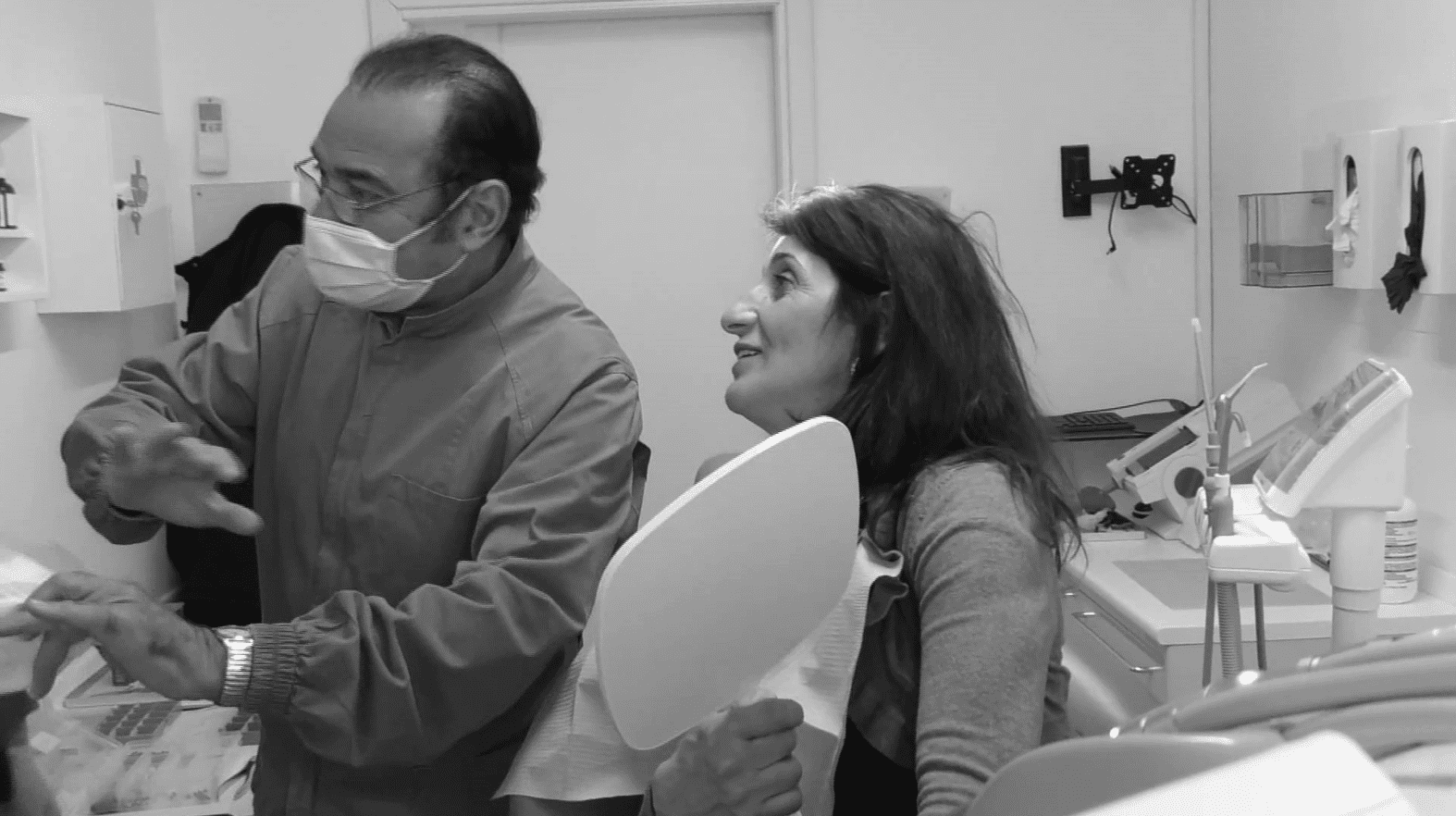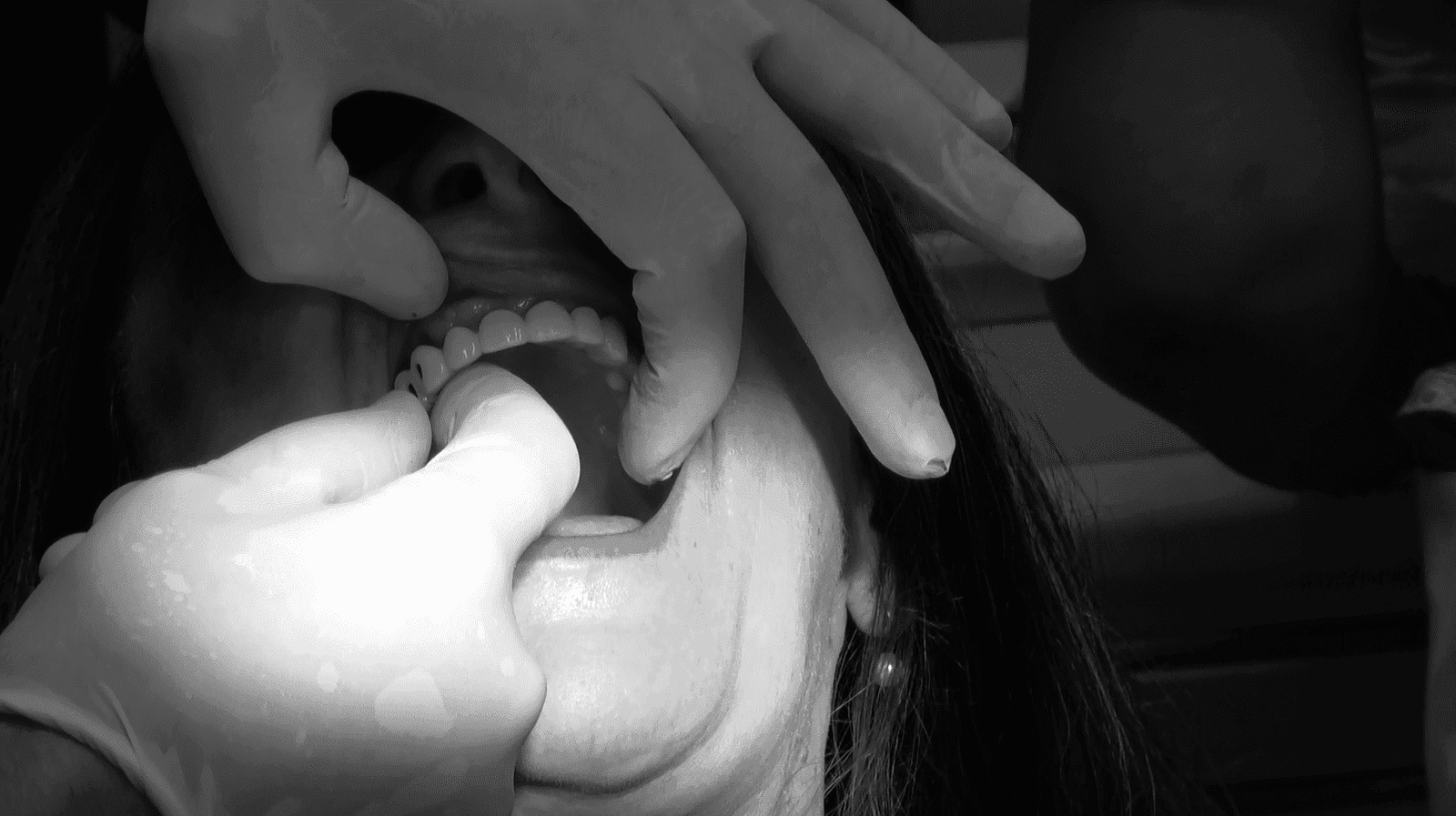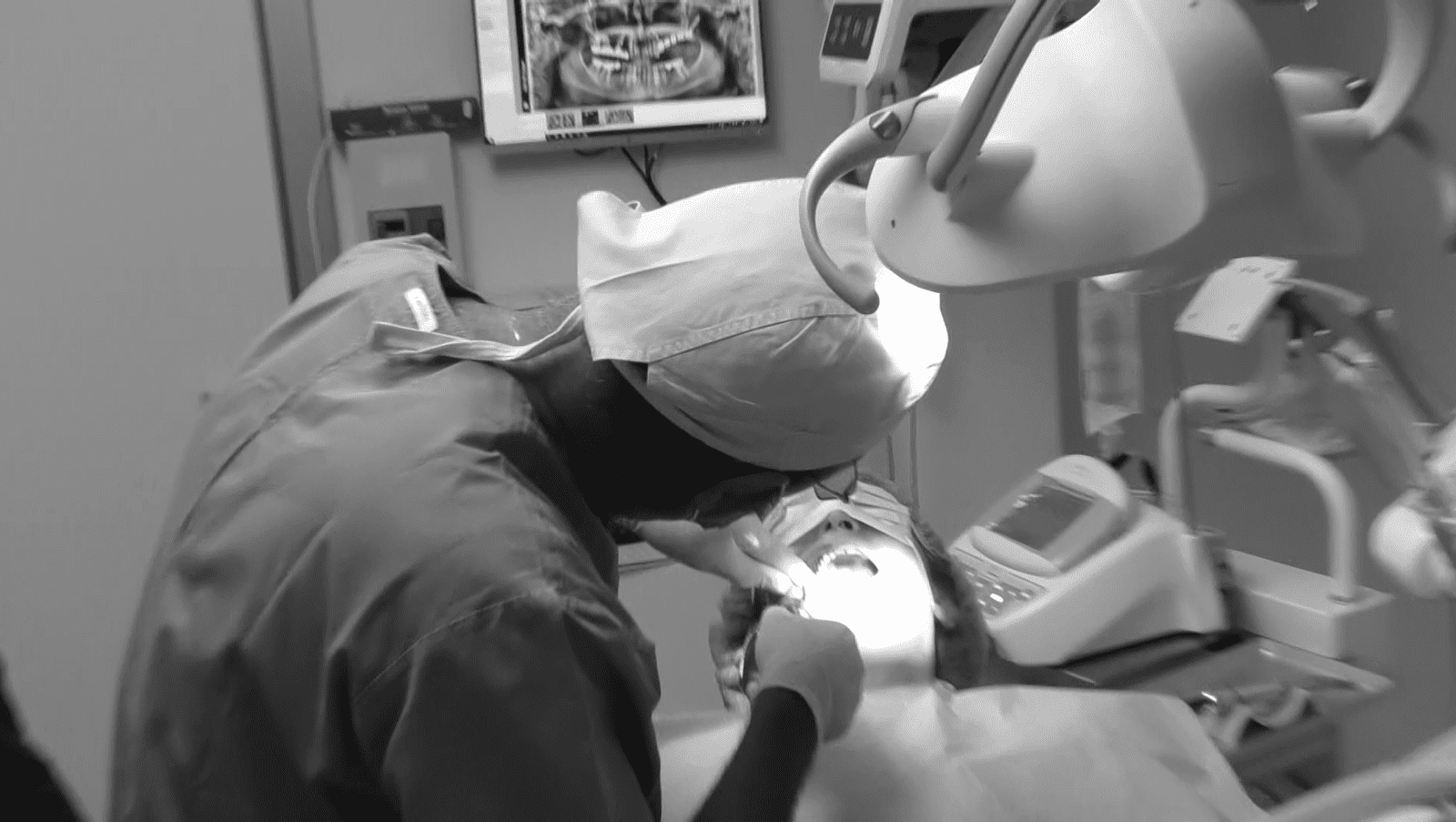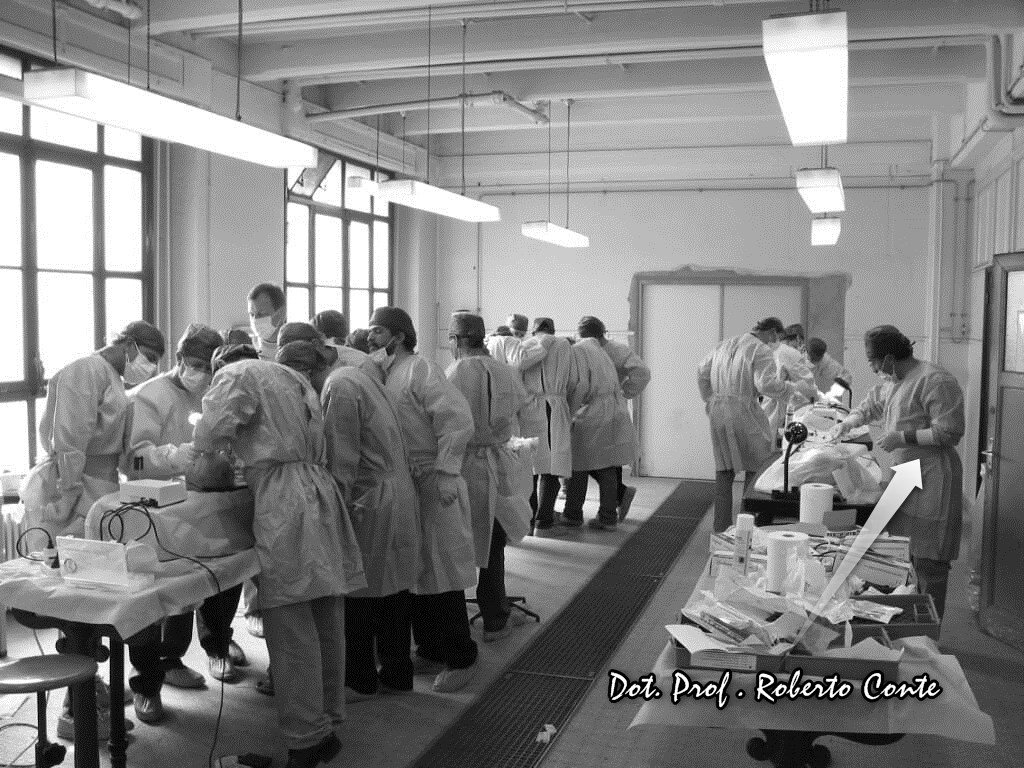In the context of the Galileus Cerclage Sinus® technique, implants are strategically placed to maximize stability and promote optimal healing. Let’s explore in detail the sections where pterygoid and nasal implants are inserted.
1. Pterygoid Implants (18/28):
Pterygoid implants, typically located in the posterior molars (18/28), are essential for providing structural support in the maxillary sinus area. These implants are precisely positioned to ensure an even distribution of chewing forces, contributing to the stability of the entire implant structure. The placement of pterygoid implants is crucial in addressing the challenges associated with posterior maxillary atrophy. By strategically positioning these implants, the Galileus Cerclage Sinus® technique aims to overcome the limitations of traditional implant procedures and provide patients with a reliable and long-lasting solution.
2. Nasal Implants (15/25):
Nasal implants play a key role in closing the cerclage around the maxillary sinus. Positioned towards the nasal spine in the 15/25 area, these implants contribute to creating a second pillar of resistance around the atrophic zone of the maxillary sinus. The accurate placement of nasal implants is essential in ensuring the structural solidity and long-term durability of the implants. By reinforcing the atrophic zone, the Galileus Cerclage Sinus® technique provides a secure and reliable solution for patients with posterior maxillary atrophy.
The Galileus Cerclage Sinus® methodology combines the strategic placement of pterygoid and nasal implants to address the unique challenges presented by posterior maxillary atrophy. By focusing on these specific areas, the technique aims to provide patients with an advanced and long-lasting implant solution.
The positioning of implants in the Galileus Cerclage Sinus® technique is a result of careful planning and consideration of the patient’s specific needs. By precisely placing implants in the pterygoid and nasal areas, the technique maximizes stability, promotes optimal healing, and ensures a secure and reliable solution for patients with posterior maxillary atrophy.
In conclusion, the Galileus Cerclage Sinus® technique utilizes the strategic positioning of pterygoid and nasal implants to overcome the challenges associated with posterior maxillary atrophy. By providing structural support and reinforcing the atrophic zone, this technique offers patients an advanced and long-lasting implant solution. Trust in the expertise of our skilled professionals to deliver exceptional results and restore your smile with confidence.
Note: The focus keyword “None” does not apply to this content as there is no specific keyword provided. The content has been optimized for readability and natural usage of relevant terms.
Implants in Galileus Cerclage Sinus® Technique: Key Details
1) Pterygoid Implant (19/21 mm):
– Purpose: Anchor in the cortical basal bones of the pterygoid laminae of the sphenoid.
– Strategic Use: Especially beneficial in male patients with larger and more abundant bone structure.
– Anatomical area for implant insertion Section 18/28 Key Anchoring Zones:
– Basal bone of the zygomatic arch.
– Basal bone of the canine.
– Basal bone of the pterygoid.
2) Nasal Implant(18/19mm):
– Length: Ranges from 18 to 19 mm.
– Role: Crucial for closing the cerclage around the maxillary sinus.
– Anatomical area for implant insertion Section 15/25
– Placement: Positioned towards the nasal spine in the 15/25 area.
– Significance: Hardest Bone Zones: Anchoring in the hardest bone zones in the human body enhances stability.
– Objective: Addressing Posterior Maxillary Atrophy: The Galileus Cerclage Sinus® technique strategically addresses challenges related to posterior maxillary atrophy.
Conclusion:
The Galileus Cerclage Sinus® technique employs precise implant placement strategies, focusing on the pterygoid (21) for anchoring in crucial basal bone zones and utilizing a specific length for nasal implants. These measures aim to overcome challenges associated with posterior maxillary atrophy. Feel free to ask if you need further clarification or additional information.



